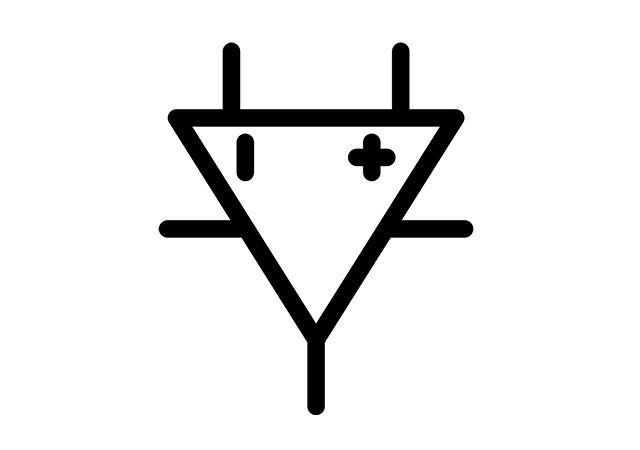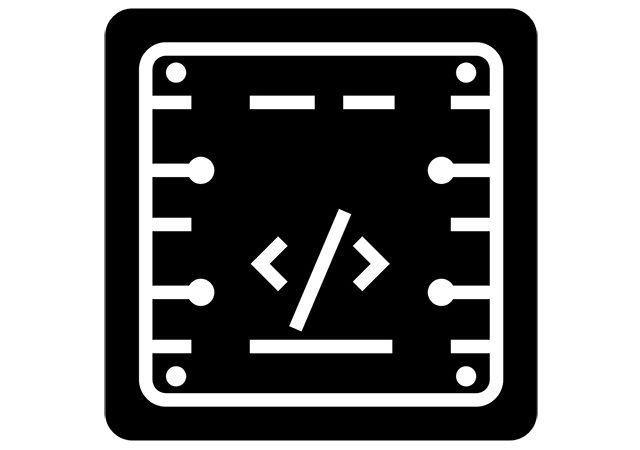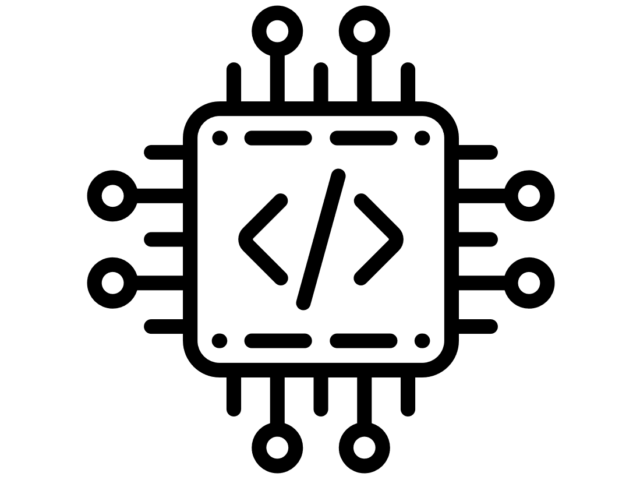This post answers the question "What are the different types of input devices?". The input devices are the components that make up a computer. They…
Category: Embedded Systems
Embedded Systems: Preface
Aim of the study element
To introduce students to the concept of embedded systems, it’s methodology and technologies. This chapter will familiarise students with the major software and hardware for embedded systems, modelling techniques and behaviour analysis of designed embedded systems.
Learning outcome
Having successfully completed this element you will be able to:
- Easily define embedded products, and know the basic concepts of embedded systems.
- Be familiarised with embedded sowtware and hardware building systems.
- Perform low- and high-level design of embedded products.
- Be familiar with the platform and architecture of microprocessors, memory and other components used for embedded systems design.
- Perform a coding of microcontrollers in accordance to tasks.
Covered topics
- Introduction and basic concepts of embedded sysytems.
- Microprocessor basics.
- Real-time operating systems.
- Tipes of dynamic behaviours.
- Design of embedded systems.
- Analysis.
- Verification.
How do microprocessors work?
This post answers the question "How do microprocessors work?". A Microprocessor is a turning point for modern computing. It receives a bunch of instructions in…
What are the characteristics of amplifier?
This post answers the question "What are the characteristics of operational amplifier?". An Operational amplifier mostly known as op-amps is a DC-coupled high-gain electronic…
What is cache memory
This post covers the topic of three types of cache memory, its structure and functions. Cache memory is a set of memory locations that…
Asynchronous memory
This post answers the question "What is the difference between synchronous and asynchronous memory?". Comparing to synchronous, asynchronous memory is not synchronised to the…
Introduction into embedded systems
This post answers the question "What is embedded system and how it works". An embedded system is a computer system without a user interface.…
Information processing in embedded systems
This post cover topic of information processing in embedded systems. The basic computer consists of four blocks: processor, memory, input and output. Let's consider…
Embedded processors and architecture models
This post is about embedded processor architecture models and characteristics, operations, operands, programmable storage, and interrupts. Embedded processors can be combined in a groups,…
Embedded CPU and memory
An embedded processor consists of CPU, memory, I/O, and busses. There are two models that describe CPU operation – von Neumann and Harvard architecture…
Processor I/O introduction
This post is about processor input and output. Processor input and output units are responsible for moving in and out information to and from…











